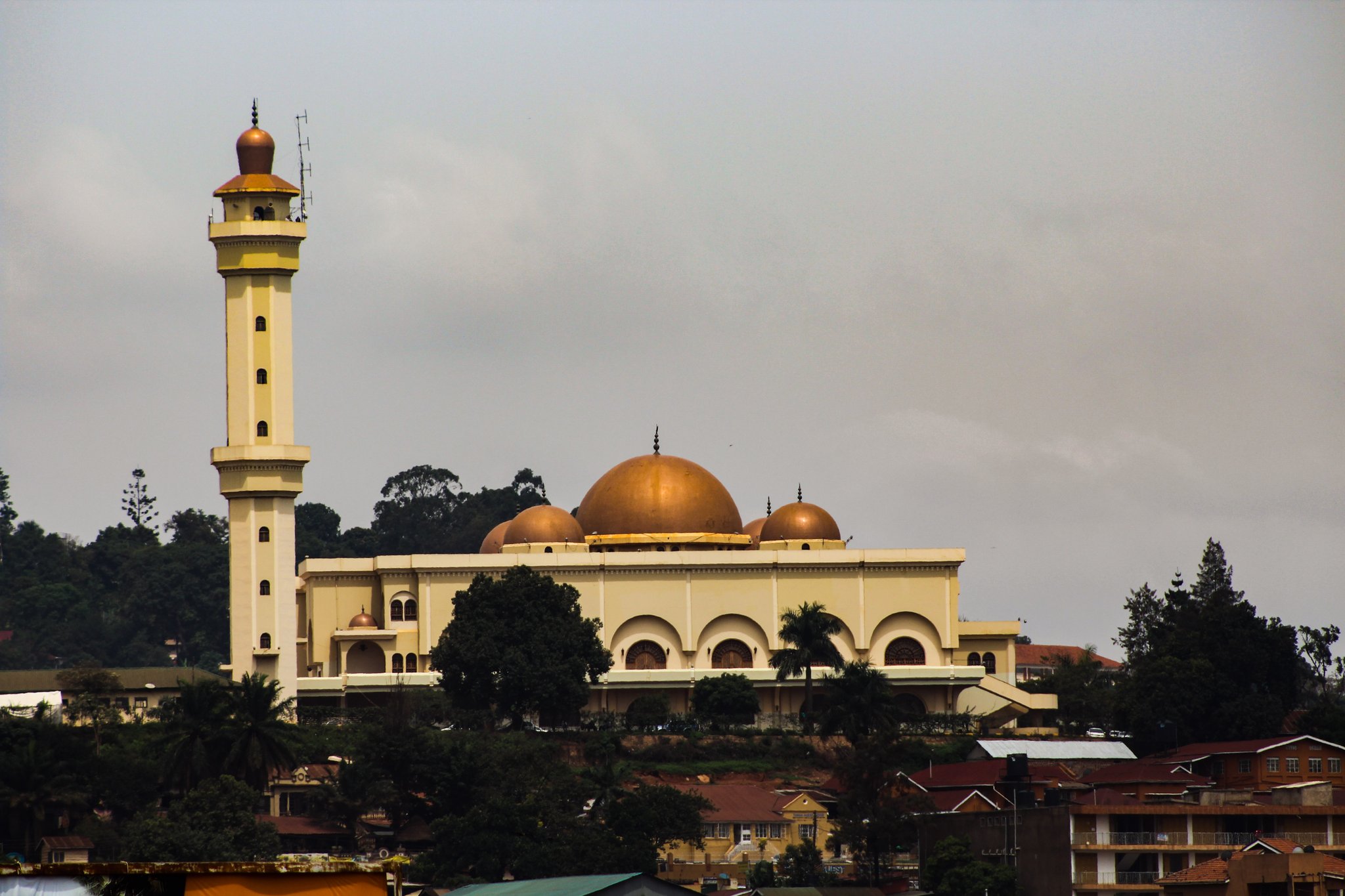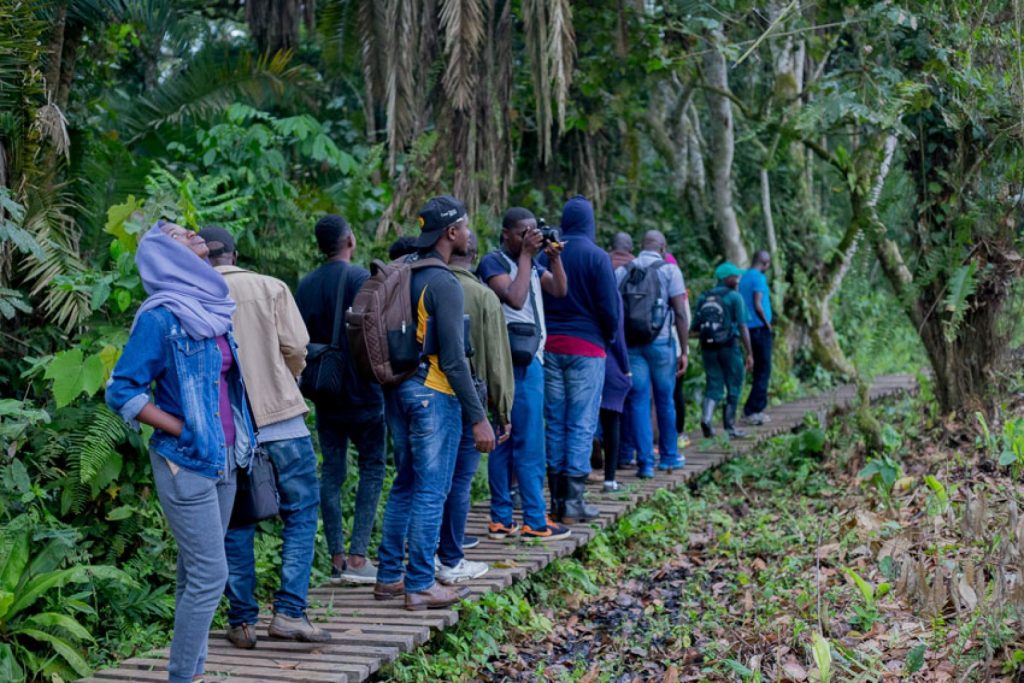The largest living primates, gorillas are widespread residents of the equatorial African Rainforest, with a global population of around 100,000 concentrated mainly in the Congo basin, until 2001, all gorillas were assigned to the species Gorilla gorilla, split into three races: the western Lowland gorilla of western Congo Basin; the eastern lowland gorillas in the eastern DRC; and the mountain gorillas which lives in the highland forest on the eastern side of the Albertine Rift. The western race was formerly described in 1847, but the mountain gorilla remained unknown to zoologists until 1903, when the Germany army officer Captain Robert Van Beringe shot the first two documented individuals on the Rwandan slopes of Mount Sabyinyo, and the Eastern lowland gorilla remained undescribed until 1914.
The first study of mountain gorilla behavior was undertaken in the 1950’s by George Schaller, who’s pioneering work formed the starting point of the better published research initiated by Diana Fossey in the 1960’s. The brutal and still unsolved murder of Fossey at her Rwandan research center in December 1985 is generally thought to have been the handiwork of one of the many poachers with whom she crossed swords in the Virungas. Fossey’s acclaimed book “Gorillas in the mist” remain perhaps the accessible starting point of anybody who wants to know more about mountain gorilla behavior, while the eponymous movie, a posthumous account of Fossey’s life, drew global attention to the plight of the mountain gorilla.
The mountain gorillas are distinguished from its lowland counterparts by several adaptations to its high-altitude home. Most visibly a longer and most luxuriant coat.
















